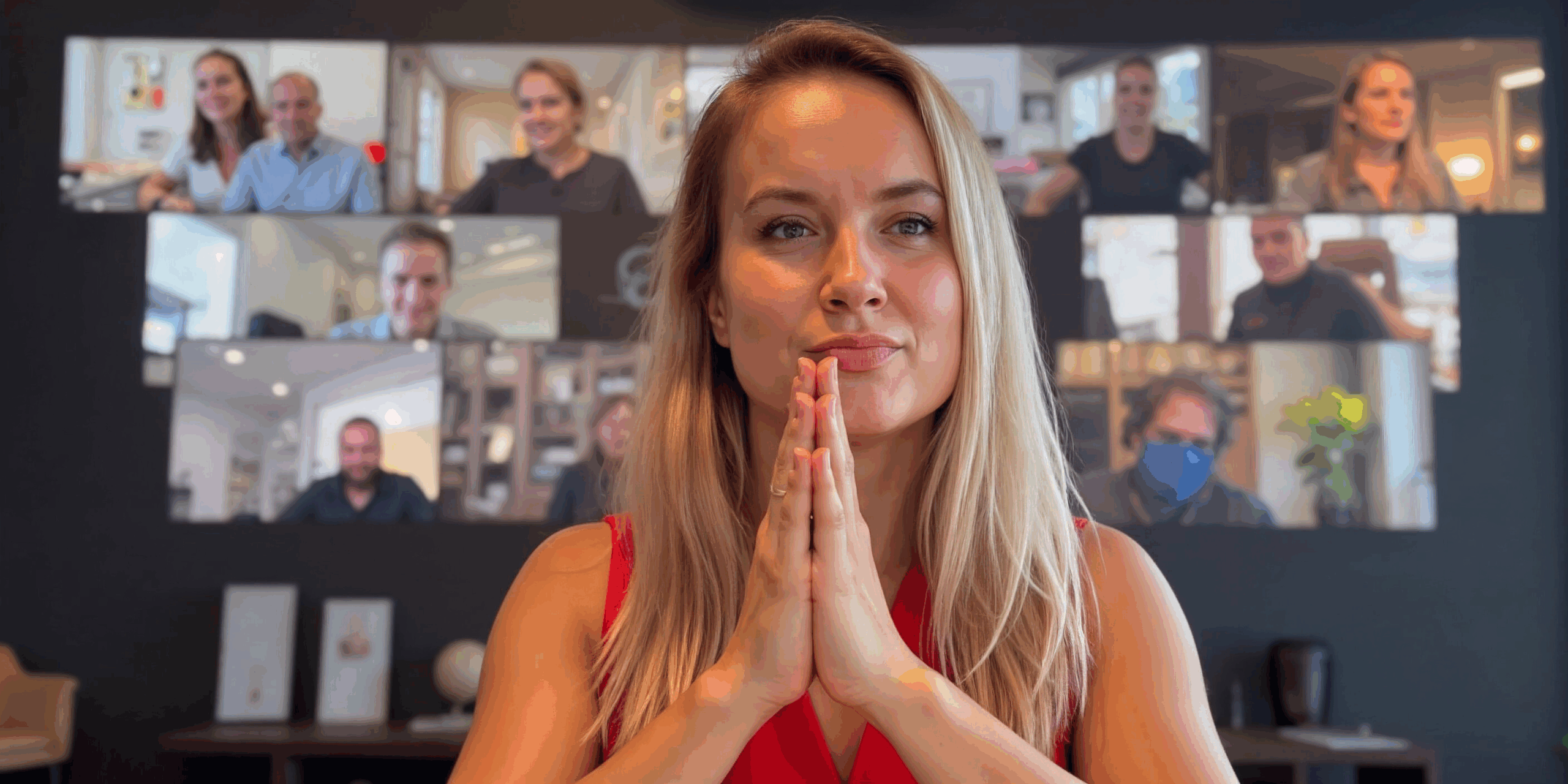As a CEO, your LinkedIn profile can be your company’s biggest growth engine… or its weakest link. Are you building trust, authority, and visibility where it matters most? Your personal brand can shape the future of your business. Let’s talk about it.
Why your face matters more than your logo
In today’s business world, people follow leaders, not companies. Your personal reputation has more power than any marketing campaign. Customers, investors, and talent all want to connect with the human behind the brand. A strong CEO brand does three things:
- Builds trust: People believe in people. Your insights make your company feel authentic.
- Drives visibility: When you post, your company reaches audiences money can’t always buy.
- Shapes perception: What you say defines how people see your brand’s purpose and values.

Linkedin might seem like a job platform. But in reality, it’s a stage. A stage where thought leaders shape markets. If you’re not visible there, you’re missing opportunities that your competitors are already seizing.
The psychology of trust and leadership
When a CEO speaks online, it humanizes the entire company. It signals confidence, transparency, and direction. This kind of openness builds credibility faster than polished pr ever could.
Why people trust leaders, not brands
People trust stories, not slogans. When you share real experiences (successes, mistakes, lessons, everything) you show authenticity. That’s magnetic. It draws people in. Customers want to know who’s steering the ship. When you post consistently, you show up as:
- A thought leader, not just a manager.
- A storyteller, not just a strategist.
- A person, not just a title.
This personal connection turns attention into loyalty.
The power of relatability
Vulnerability is strength in branding. When you share how you overcame a challenge, people see courage. They relate to it. A simple story about a tough decision can inspire more engagement than a press release ever could.

How to build a CEO brand that fuels growth
You’re shaping how the world perceives your leadership and by extension, your company. Do it right:
1. Define your core message
Ask yourself: what do I want to be known for? Focus on themes that connect to your business vision. It could be innovation, sustainability, or customer experience. Pick two or three and stay consistent. Your content should always answer:
- What do I believe in?
- How does my company reflect those beliefs?
- Why should others care?
2. Be consistent, not perfect
You don’t need viral posts. You need presence. Consistency builds recognition and trust over time. Even a simple post once a week can make a difference if it’s real. Try this:
- Share one personal story from your leadership journey.
- Highlight one customer success story.
- Comment thoughtfully on one industry trend.
Do this regularly, and your brand will compound like interest.
3. Add value, don’t just broadcast
LinkedIn isn’t an ad board. It’s a conversation. Use your profile to share lessons, advice, and insights that help others grow. When you teach, you earn attention. When you listen, you earn trust. Ask questions. Invite dialogue.
Real examples of CEO branding done right
Satya Nadella – Microsoft
Nadella transformed Microsoft’s image by showing empathy and curiosity online. He posts about learning, inclusion, and innovation. Not just business metrics.
Whitney Wolfe Herd – Bumble
Wolfe herd’s presence on LinkedIn reinforces Bumble’s mission of empowerment. She openly talks about female leadership, resilience, and company culture. Her voice is the brand voice: bold, personal, and unapologetically authentic.
Ben Francis – Gymshark
Francis built a billion-dollar fitness brand by being visible. His posts blend business lessons with his personal growth story. He doesn’t pose as a guru; he shows the process.
So, the next time you open the app, remember you’re not just posting a thought. You’re shaping how the world sees your brand, your company, and your leadership. Be visible. Be real. Be the brand.


